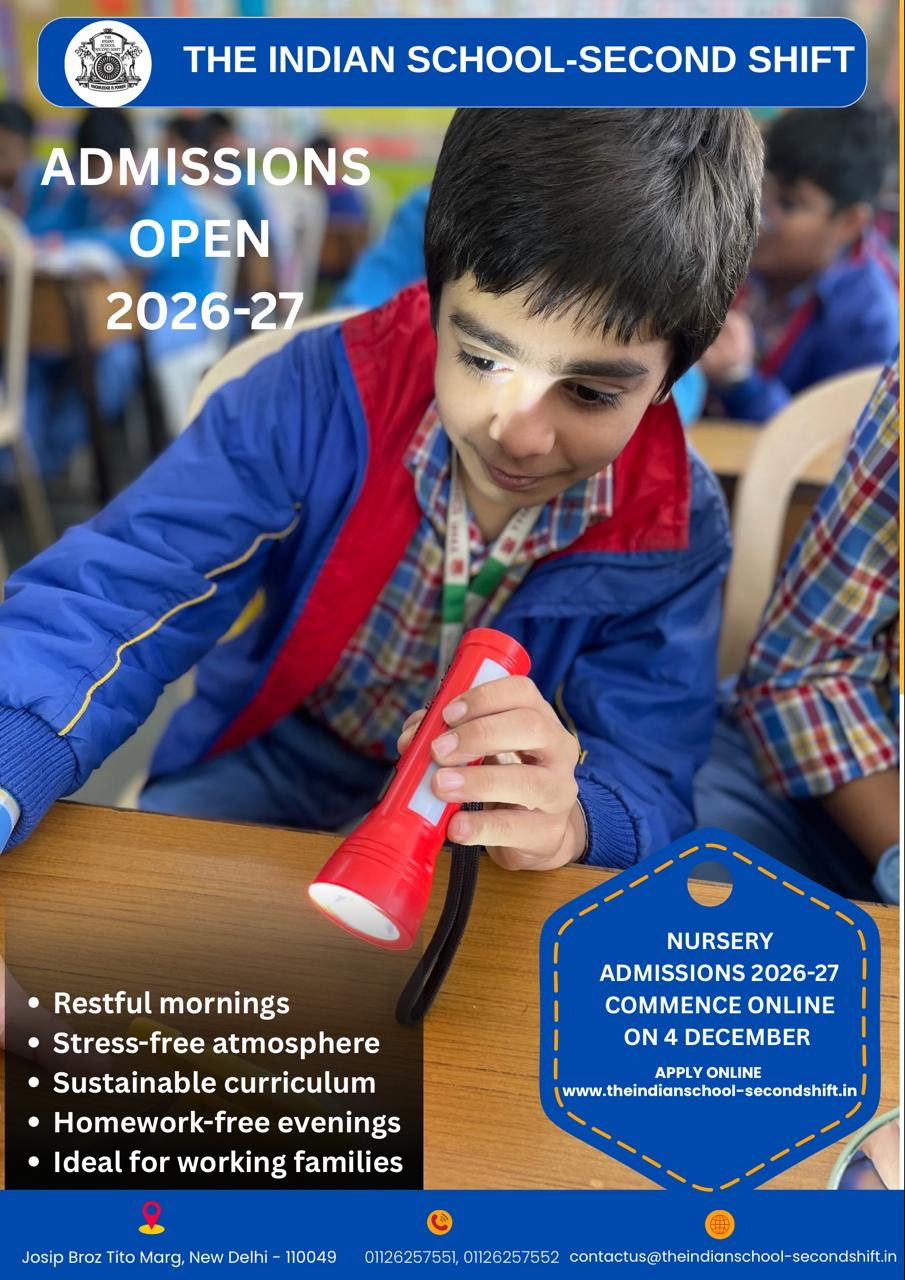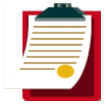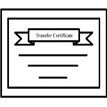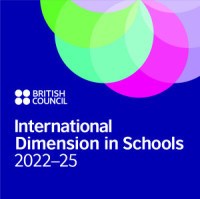Art Integration in English for Class 1
The John F. Kennedy Center for the Performing Arts defines Art Integration as "an approach to teaching in which students construct and demonstrate understanding through an art form. Students engage in a creative process which connects an art form and another subject and meets evolving objectives in both."
Incorporating English into art and craft activities can motivate students to express themselves better in the language. In combination with the four language skills of reading, writing, speaking and listening, art can open doors for high levels of analysis and also challenge students to explore themselves and their surroundings, thus finding avenues for sophisticated comprehension and communication.
-371-4-955.png)
-162-3-245.jpg)
-75-2-787.jpg)
Keeping this in mind, a lesson on ‘Art-Integration in English’ was organised for the students of class 1 on 21st August 2020. The lesson was conducted through the virtual medium under the guidance and supervision of art teacher Mr Dinesh Solanki and the subject teachers.
The students did the colour mixing experiment where they generated secondary colours by mixing the appropriate proportion of base primary colours. This was in correlation with the English lesson ‘All about colours.’ The integration of Art with English thus generated a new perspective for better learning by bringing in a visual and kinaesthetic instructional approach. The students observed an artistic approach to the subject as they not only read the theory of colour mixing in the chapter but also had a hands-on experience of the same.
The experiment was conducive as the students did the mixing on plain white sheets using poster colours, paintbrush, water and milk. They recreated the scene in the lesson in which the protagonist is mixing colours along with her baby sister. All this was an intrinsic part of understanding the steps and analysing how primary colours are mixed to make secondary colours.
The activity allowed the students to practice critical thinking skills like exploring cause and effect through an observation of how primary colours blend together to form a secondary colour. They also used mathematical concepts such as More and Less and devised ways to measure how much paint they were adding.
In addition to this, they used lots of descriptive language and creative thinking skills to come up with new names for their secondary colours such as monster green and fiery orange!
Students enjoyed the lesson thoroughly.
For more pictures click here....




-371-4-955.png)
-162-3-245.jpg)
-75-2-787.jpg)






